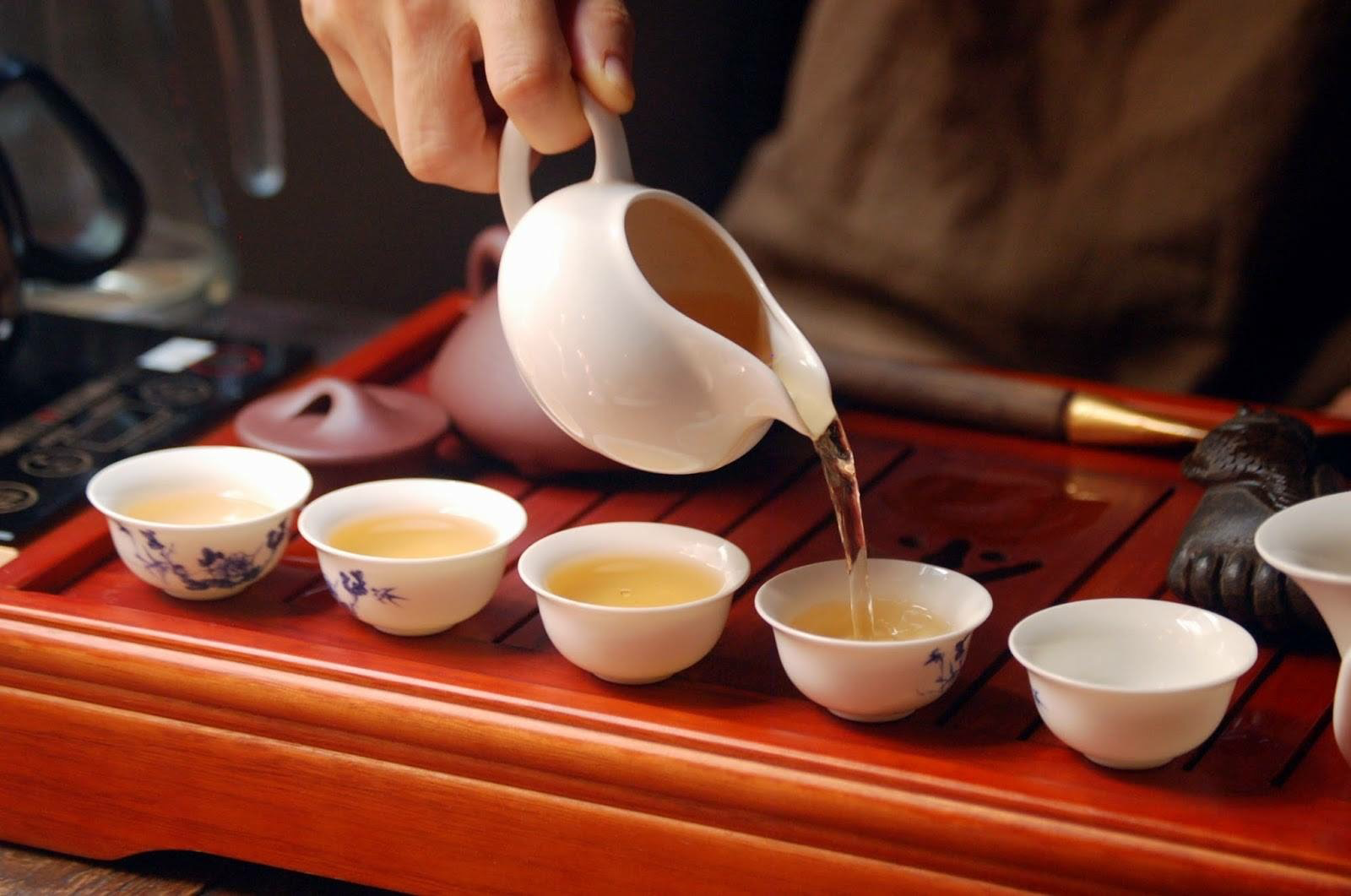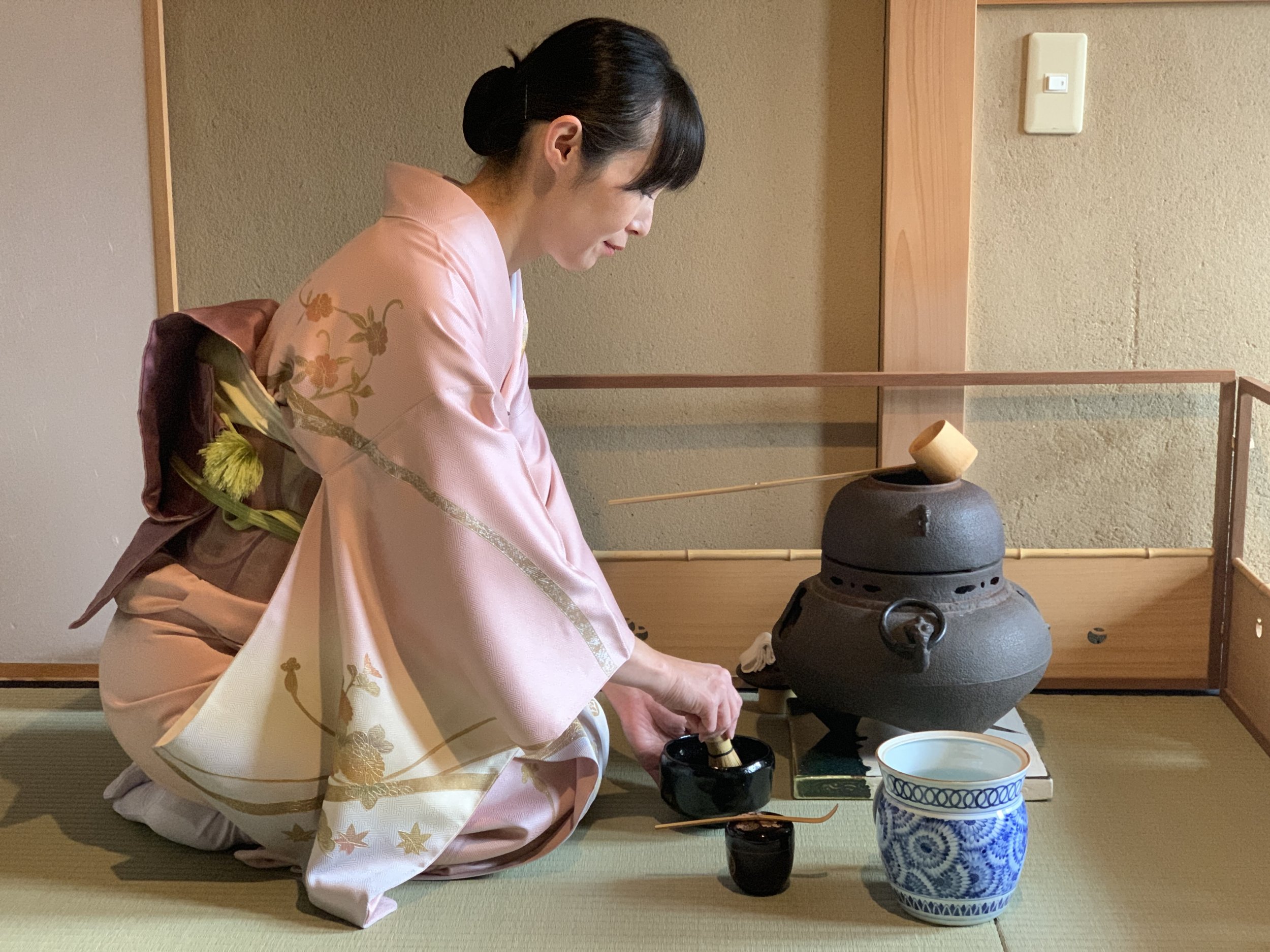Tea Ceremony

Tea ceremony in Tokyo and Japan
Welcome to the world of tranquillity and time-honoured tradition, where the art of tea ceremony in Tokyo and Japan unfolds its captivating allure. Immerse yourself in the refined elegance of this ancient ritual, steeped in history and cultural significance. Whether you are a tea aficionado or a curious traveler seeking an authentic experience, let us guide you through the essential aspects of the tea ceremony in Tokyo and Japan.
The story of tea ceremony
China’s tea ceremony culture has a long history and it was introduced to Japan during the Tang Dynasty, hundreds of years ago. At that time, Japan was in the midst of war. Under this background, drinking tea became a kind of spiritual sustenance, and it also made the Japanese feel a different kind of spiritual world. Tea became very popular in royal family and nobles at that time. However, with the decline of trade and academic exchanges, the tea activity was interrupted. Drinking tea became popular again until the Buddhist took the tea seeds back from China in Kamakura era. Since then, the tea ceremony has become one of the symbols of Japanese traditional culture.
After introducing tea from China, the Japanese carried it forward and developed their own unique tea ceremony culture. In Japan, tea ceremony is regarded as a comprehensive art form with connotations of philosophy, aesthetics, etiquette, history and so on. This art form is known as the Tea Ceremony or Sado.
The types of tea in Japan
There are mainly two categories - green tea and black tea.
Green tea is divided into matcha, gyokuro, sencha, hojicha, tencha and so on. Matcha is a strong tea made by grinding tea leaves into powder and stirring them with a bamboo whisk. It is the main tea used in tea ceremony. Yulu is a high-grade green tea made from the young buds picked after shaded tea trees, steamed, twisted, and dried. It has a dark green color and elegant aroma. Sencha is an ordinary green tea made by steaming, rolling and drying unshaded tea leaves. It has a light taste and is suitable for daily drinking.
Hojicha is green tea made by roasting sencha at high temperature. It has a brownish-yellow color and strong aroma. It has the effect of removing greasy and bad breath. Tencha is a kind of green tea made by grinding the raw materials of matcha into coarse grains. It has a dark green color and a strong taste. It has the effect of refreshing and lowering blood pressure. Black tea is black tea made by fermenting and drying tea leaves. It has a fragrant aroma and a mellow taste. It is usually drunk with condiments such as milk or lemon.

Places for a traditional tea ceremony in Tokyo
The tea ceremony takes place in various settings, from traditional tea houses to modern tearooms in Tokyo. Some ceremonies are held in picturesque gardens, where the surroundings enhance the serenity of the experience. Tokyo offers a range of venues, each offering a distinct ambiance to enrich your tea ceremony journey.
1. Shinjuku Gyoen National Garden
Home to over 1500 cherry blossom trees, this garden also offers a traditional tea house, where visitors can take part in a tea ceremony. Visitors can attend tea ceremony while enjoying seasonal flowers bloomed from April to October.
2. Rikugien Garden
Considered as the most beautiful landscape in Japan, this garden is also home to several tea houses, which offers tea ceremony programs.
3. Tea Ceremony Tokyo Maikoya
Located in Shinjuku, this is an online-booking organizer who provides different activities combined with tea ceremony, such as a tea ceremony paired with kimono dressing, wagashi sweets making, a kaiseki lunch and more.
4. Chazen Tea Ceremony
Rie Takeda, the president & founder of this tea room, has over 35 years of professional experience in the tea ceremony and over 25 years of experience as a professional instructor.
5. Urasenke YOUWAKAI
Located in Omotesando, Urasenke YOUWAKAI tea ceremony experience is led by one of the biggest chado schools in Japan: Urasenke.

Other tourism cities in Japan (Kyoto, Osaka, Sapporo) offering tea ceremony:
1. Tea Ceremony Kyoto Maikoya (Kyoto)
Similar to Tea Ceremony Tokyo Maikoya, this is a comprehensive online-booking organizer who provides different activities combined with tea ceremony.
2. Jotokuji Temple (Kyoto)
The participants will get to experience the surroundings of the temple first and sit on its striking red benches.
3. Koto (Kyoto)
Just close to Kinkakuji Temple, Koto is the only English-language teahouse certified by the Urasenke School - one of the biggest chado schools.
4. Tea Ceremony Waraku (Osaka)
Like other tea ceremonies, you can appreciate performing of tea ceremony, learn about it, eat Japanese sweets and make your own tea. But after that, you can see Japanese dance and song-with-shamisen, performance.
5. Tea Ceremony Ren (Sapporo)
Situated in the city center of Sapporo, this tea house provides the authentic and immersive experience of drinking unique and high quality tea.
6. SEIFU-AN (New Chitose Airport)
Located just on the 4th floor of New Chitose Airport International Terminal Building, these houses are a "Museum-like Space" transformed from the idea of the tea room.
The costs of a tea ceremony in Japan
The costs vary depending on different factors including location, type of tea ceremony, the level of formality, and additional offerings included in the experience. For the basic tea ceremony experience, it costs around JPY1000-2000 per person and usually the duration is shorter. For a more comprehensive and traditional tea ceremony, prices range from JPY3000 to 5000 per person. The participants can get a more detailed explanation of the tea ceremony's history, significance, and steps. For the private tea ceremony, prices can be 5,000 to 7,000 yen per person and can go higher depending on the exclusivity of the experience. For the deluxe tea ceremonies with kimono rental or geisha show, cost upwards of JPY10000 per person or more.
Recommended tour packages with tea ceremony in Japan:
5 days Tokyo tea ceremony & sushi making tour package6 days Kyoto history and culture tour package


